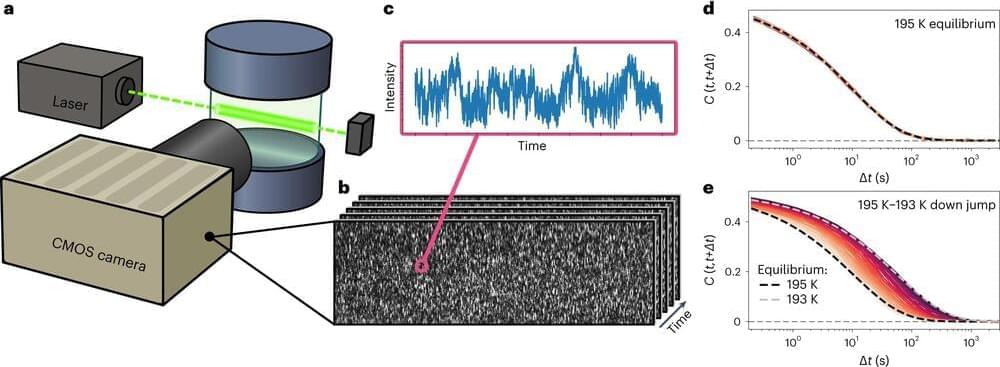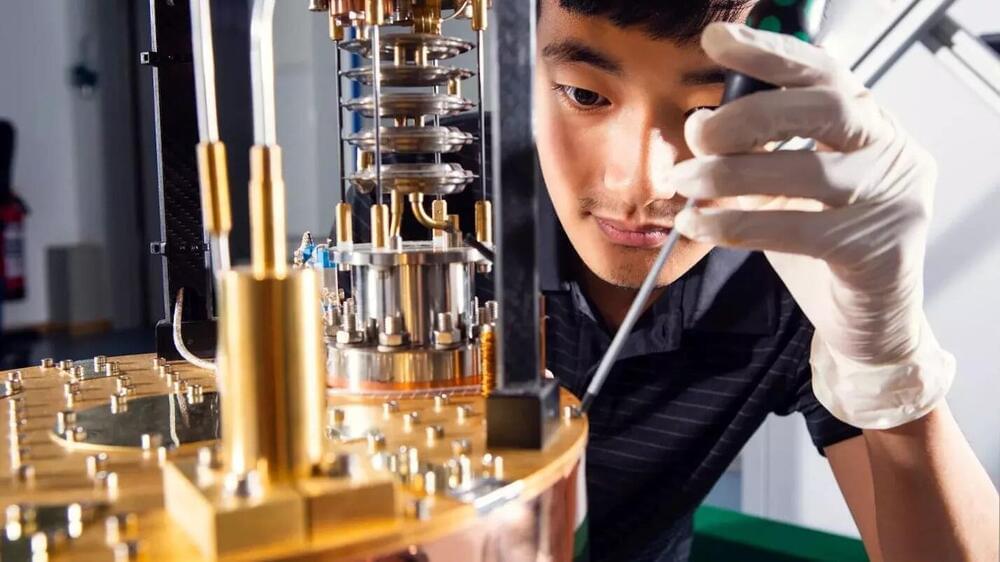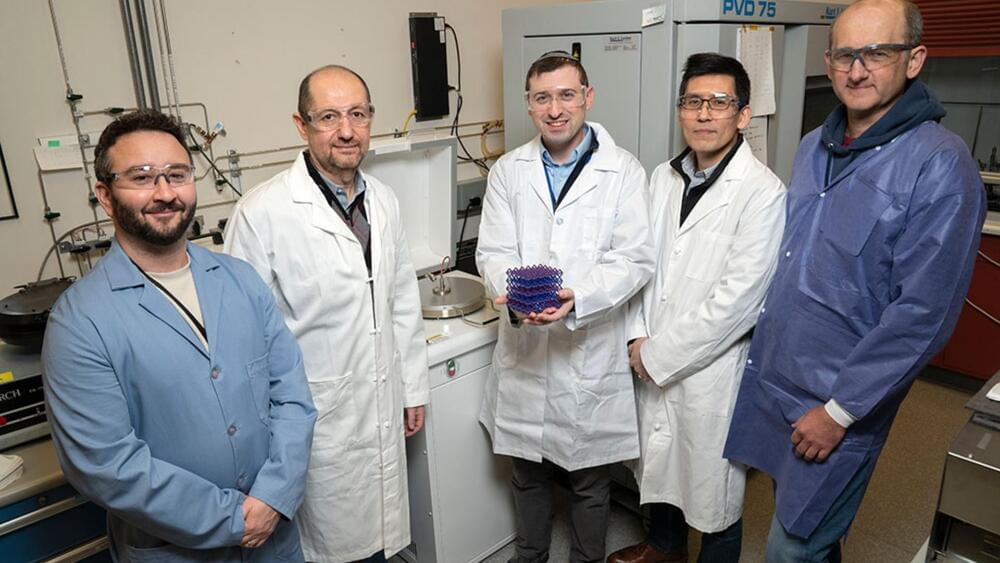Alternative sources of rubber from plants are being studied as a more sustainable substitute to natural rubber.



By 2020, the number of smartphone users in the world is expected to reach almost 2.9 billion — nearly doubling in six years from about 1.6 billion in 2014. Technology companies and researchers have been directly and indirectly imbuing smartphones with additional capabilities, including spectroscopy for biological and medical applications, among other uses (Figure 1).
Figure 1. The Changhong H2 is the first consumer device with an integrated imaging spectrometer. Courtesy of Consumer Physics.

Physicists in Darmstadt are investigating aging processes in materials. For the first time, they have measured the ticking of an internal clock in glass. When evaluating the data, they discovered a surprising phenomenon.
We experience time as having only one direction. Who has ever seen a cup smash on the floor, only to then spontaneously reassemble itself? To physicists, this is not immediately self-evident because the formulae that describe movements apply irrespective of the direction of time.
A video of a pendulum swinging unimpeded, for instance, would look just the same if it ran backwards. The everyday irreversibility we experience only comes into play through a further law of nature, the second law of thermodynamics. This states that the disorder in a system grows constantly. If the smashed cup were to reassemble itself, however, the disorder would decrease.

So cool and fascinating!!
If it were ever possible to take a flight through the extreme conditions of Neptune’s atmosphere, we might experience the fascinating phenomenon of diamond rain tapping at our window.
According to a new study by an international team of researchers, such a blizzard of bling could be relatively common throughout the Universe.
Carbon can link into a crystal on giant, icy gas planets like Neptune and Uranus because of the ultra-high temperatures and pressures deep down in the atmosphere. These conditions break up hydrocarbons like methane, allowing the carbon atoms within to connect with four others and make particles of solid diamond.
Quantum physicist Mickael Perrin uses graphene ribbons to build nanoscale power plants that turn waste heat from electrical equipment into electricity.
When Mickael Perrin started out on his scientific career 12 years ago, he had no way of knowing he was conducting research in an area that would be attracting wide public interest only a few years later: quantum electronics.
“At the time, physicists were just starting to talk about the potential of quantum technologies and quantum computers,” he recalls. “Today there are dozens of start-ups in this area, and governments and companies are investing billions in developing the technology further. We are now seeing the first applications in computer science, cryptography, communications, and sensors.”

Scientists have been aware of a specific organelle in plant cells for more than a hundred years. However, UC Riverside scientists have only now discovered the organelle’s key role in aging.
The researchers initially set out to understand more generally which parts of plant cells control plant responses to stress from things like infections, too much salt, or too little light. Serendipitously, they found this organelle, and a protein responsible for maintaining the organelle, control whether plants survive being left too often in the dark.
Because they had not expected this discovery, which is described in a Nature Plants journal article, the research team was thrilled.

From January 2019, Scott Pelley’s interview with “the oracle of AI,” Kai-Fu Lee. From this past April, Pelley’s report on Google’s AI efforts. And from this past March, Lesley Stahl’s story on chatbots like ChatGPT and a world of unknowns. #news #artificialintelligence #technology “60 Minutes” is the most successful television broadcast in history. Offering hard-hitting investigative reports, interviews, feature segments and profiles of people in the news, the broadcast began in 1968 and is still a hit, over 50 seasons later, regularly making Nielsen’s Top 10. Subscribe to the “60 Minutes” YouTube channel: http://bit.ly/1S7CLRu Watch full episodes: http://cbsn.ws/1Qkjo1F Get more “60 Minutes” from “60 Minutes: Overtime”: http://cbsn.ws/1KG3sdr Follow “60 Minutes” on Instagram: http://bit.ly/23Xv8Ry Like “60 Minutes” on Facebook: http://on.fb.me/1Xb1Dao Follow “60 Minutes” on Twitter: http://bit.ly/1KxUsqX Subscribe to our newsletter: http://cbsn.ws/1RqHw7T Download the CBS News app: http://cbsn.ws/1Xb1WC8 Try Paramount+ free: https://bit.ly/2OiW1kZ For video licensing inquiries, contact: [email protected] 0:00 Introduction 0:11 The Oracle of AI 12:56 The Revolution (Part 1) 27:33 The Revolution (Part 2) 40:00 Who is minding the chatbots?

Electrons that spin to the right and the left at the same time. Particles that change their states together, even though they are separated by enormous distances. Intriguing phenomena like these are completely commonplace in the world of quantum physics. Researchers at the TUM Garching campus are using them to build quantum computers, high-sensitivity sensors and the internet of the future.
“We cool the chip down to only a few thousandths of a degree above absolute zero—colder than in outer space,” says Rudolf Gross, Professor of Technical Physics and Scientific Director of the Walther Meissner Institute (WMI) at the Garching research campus. He’s standing in front of a delicate-looking device with gold-colored disks connected by cables: The cooling system for a special chip that utilizes the bizarre laws of quantum physics.
For about twenty years now, researchers at WMI have been working on quantum computers, a technology based on a scientific revolution that occurred 100 years ago when quantum physics introduced a new way of looking at physics. Today it serves as the foundation for a “new era of technology,” as Prof. Gross calls it.
